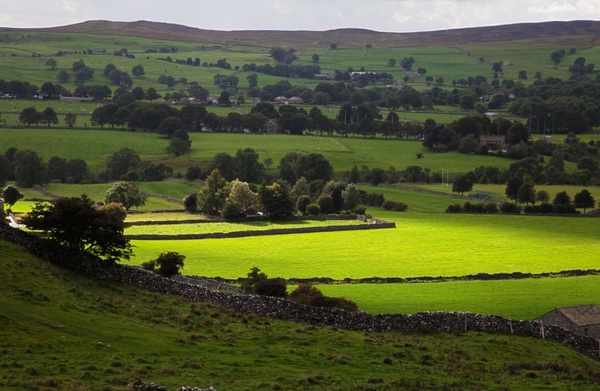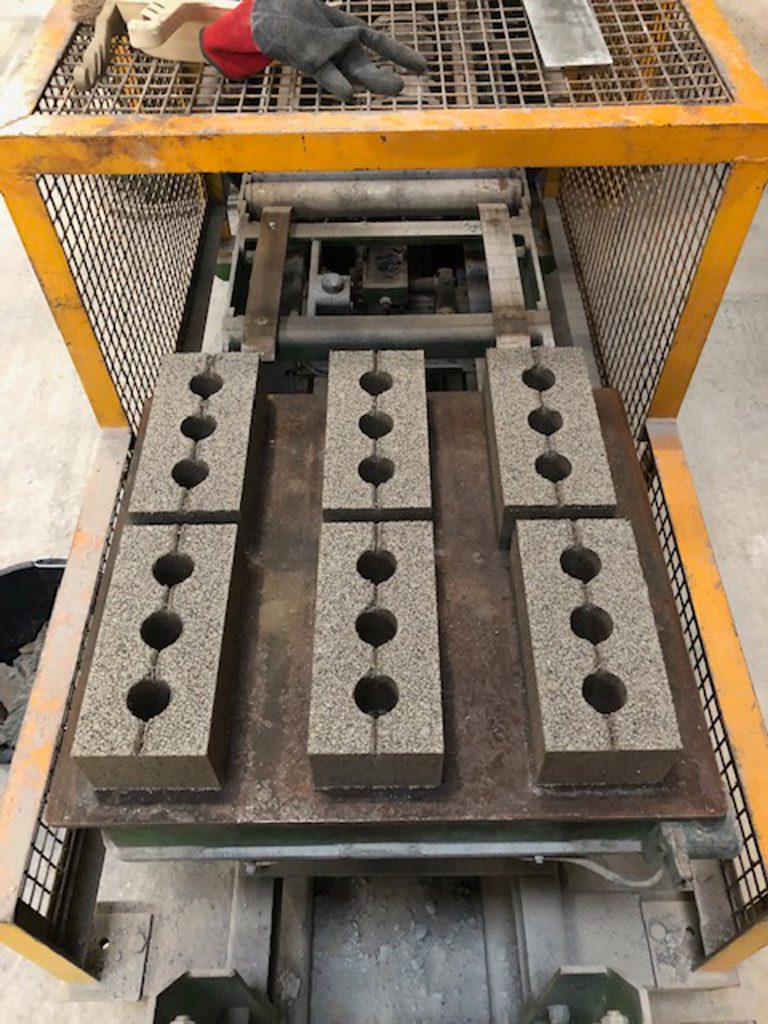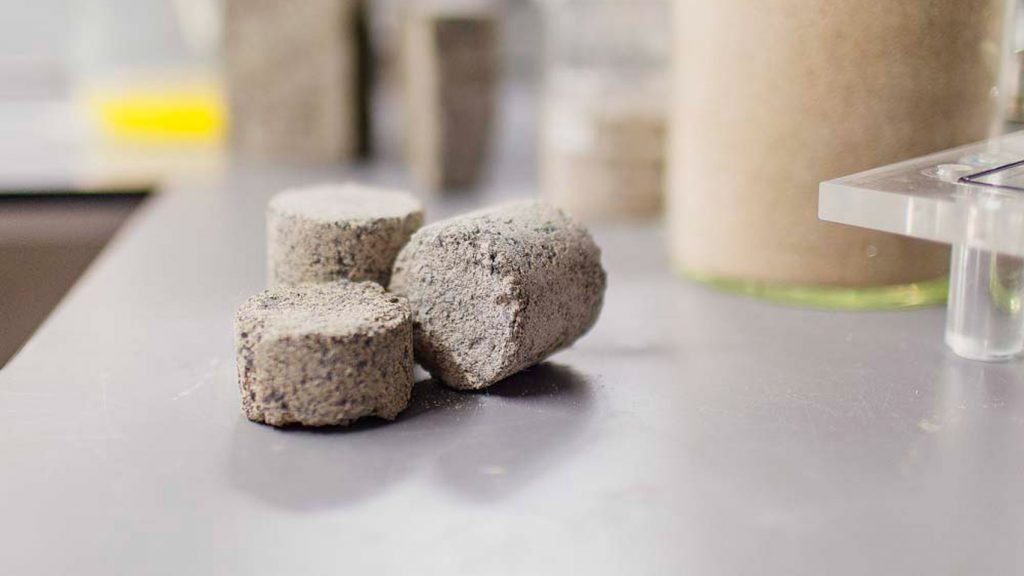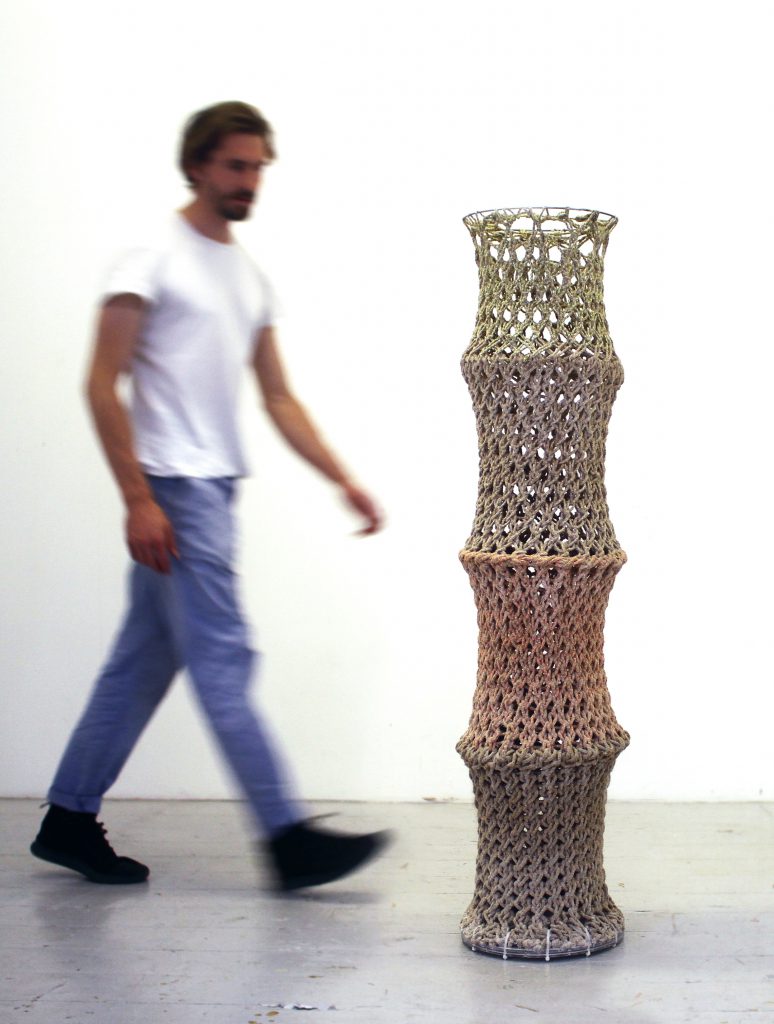Sustainability was defined by the Brundtland Commission as “development that meets the needs of the present without compromising the ability of future generations to meet their own needs”. And with Climate Change in full swing and evident to all but the most stubborn deniers, everyone is looking towards sustainable applications for everything from agriculture to manufacturing.
The construction industry is no different in considering sustainability to be an ethical imperative as we go forward, especially as we consider the changes we will need to make to our building styles and methods as climate change affects the world around us.

It’s a situation made a little more complicated by the fact that there is never going to be a “one size fits all” solution within the construction industry — one site will always be different to another, no matter how subtle the changes might be.
For example, prefabrication has been cited as being more sustainable than some other construction methods, with the reduced time on site and reduction of potential fabrication mistakes amongst the factors that makes it a tempting prospect.
However, this method isn’t without its downsides. Prefabricated sections are usually large and require specialised transport to site, which can significantly increase the carbon footprint of a project, plus the additional provision of ways to manoeuvre the sections into place.
This has led, within the construction industry as well as within many others, to an increased level of creativity and innovation when considering ways that we can become more sustainable.
For example, a Scottish company founded by an Professor Gabriela Medero, an engineer from Edinburgh’s Heriot-Watt University, is currently working with a design for a brick that is made from construction waste.

The K-Briq (yes, I know) is comprised of 90% recycled material and is unfired, meaning that it generates a much lower level of carbon emissions than regular bricks. It is said by it’s creator to look, weigh and behave like a clay brick, however, we note that this is stated in an interview in DeZeen magazine and, at the time of writing, no supporting research is publicly available.
And this is by no means the only research into more environmentally friendly ways to form building materials.
Research is ongoing by Suzanne Lambert at the University of Cape town to create a zero-waste brick which is hardened at room temperature using bacteria and human urine.

Following on from this use of bacteria, there was a post that caught my eye last year, largely because it combines construction with one of my hobbies, which detailed work by London-based architect Bastian Beyer who had been using bacteria to calcify knitted materials to form solid columns. They have a wonderful, almost DNA-like structure to them due to the solidification of the knitting structure.
It was interesting largely because, like 3D printing, it could be carried out, with an appropriate advancement of technology, on site with minimal space. And it has the potential for a much simpler repair process if the structure is damaged.

Of course, the idea of a calcified structure in an era of climate change, pollution and acidic rainwater is certainly something that would need to be worked upon. As would the way in which the new structures would interact with the surrounding ecosystem and wildlife.
Likewise there would need to be rigorous testing on how these new methods of construction would work at a larger scale, especially with the potential ability to change the loading capacity of the structure by simply changing the knitted pattern.
However, a combination of technology like this with 3D printing and more traditional construction methods suggests that introducing sustainability to the construction industry may not be as far off, or as expensive, as many have stated.